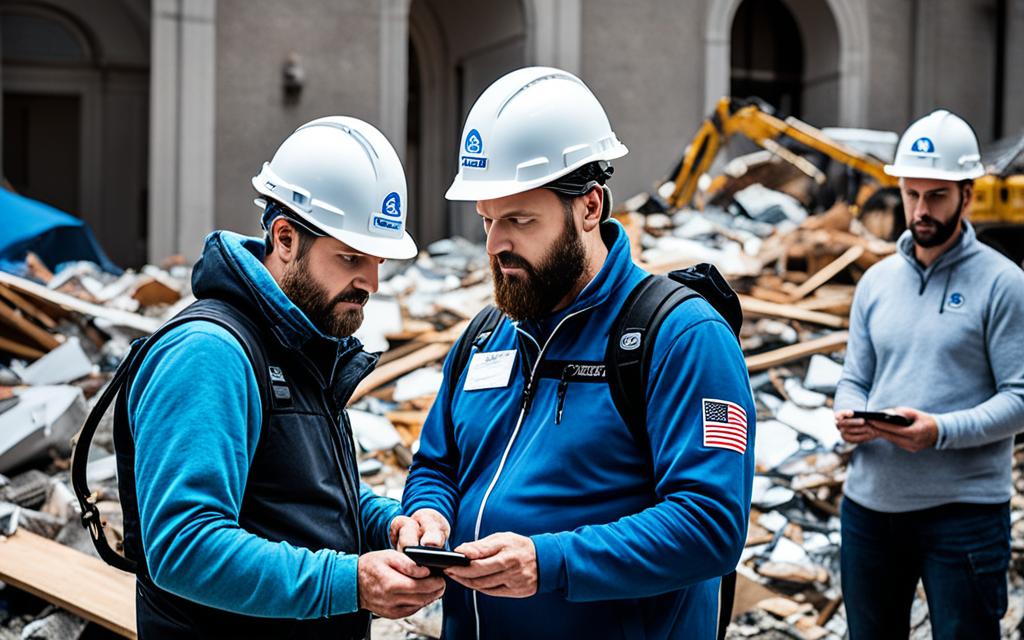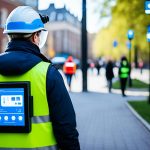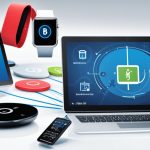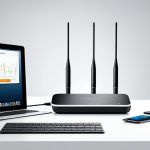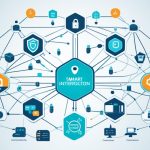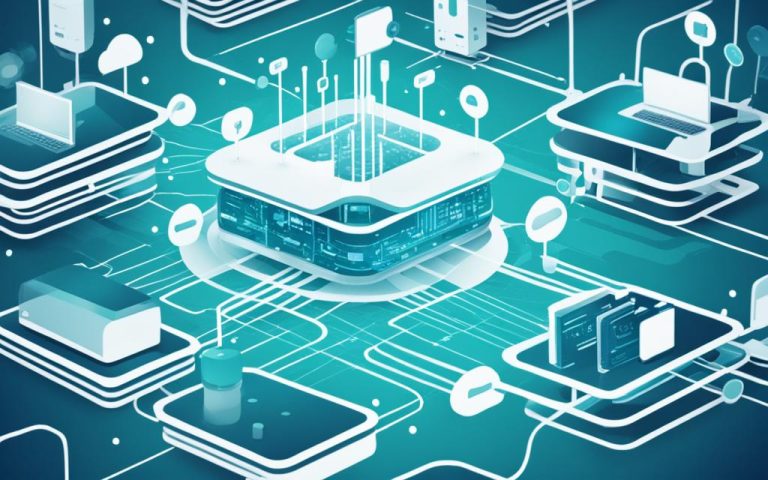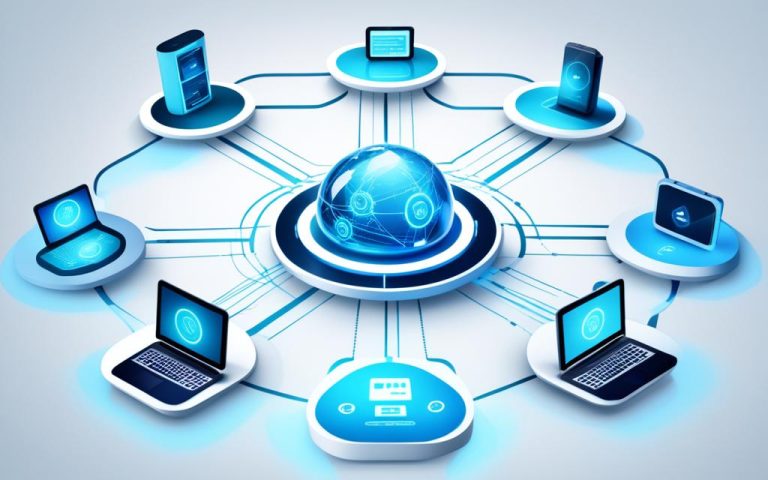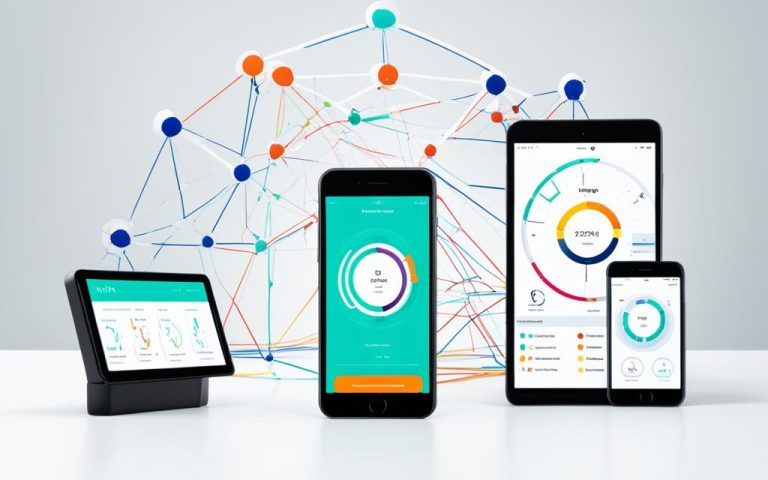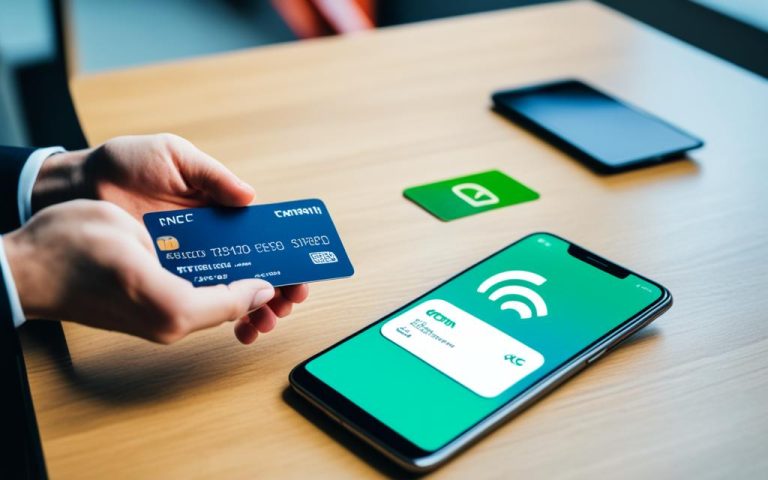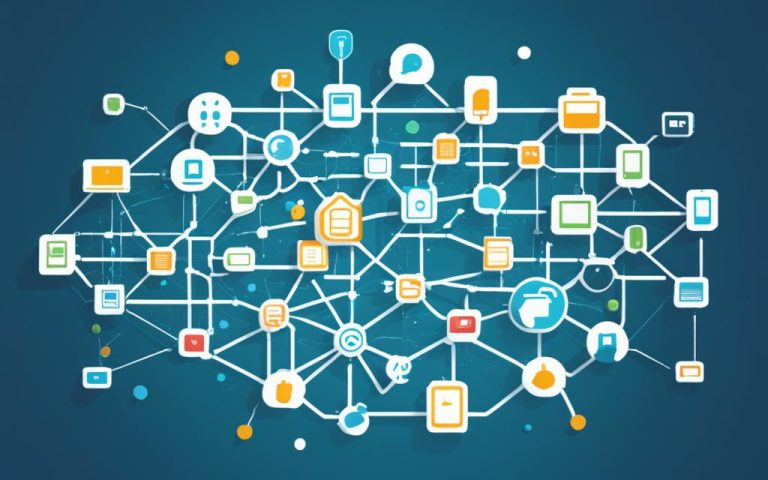Personal Area Networks (PANs) play a crucial role in disaster response and recovery efforts. During natural disasters, communication systems often fail, making it challenging for survivors and emergency responders to coordinate and communicate effectively. However, by leveraging PANs, which are independent of commercial cellular service, communication can be reestablished even in areas with damaged or non-functional mobile networks.
PANs in disaster response are vital in ensuring that critical information reaches the right people at the right time. These networks provide a lifeline for survivors, enabling them to connect their devices and communicate with rescue teams. In disaster recovery, PANs enhance coordination efforts and facilitate effective communication among various stakeholders.
With PANs, personal devices can become powerful tools for communication and coordination, enabling individuals to stay connected and informed, even when traditional communication systems are down. This technology offers an autonomous communication system that can be relied upon in times of crisis.
The Role of Private Networks in Disaster Response
Private networks, such as the private GSM network provided by Stratign, play a crucial role in disaster response. These networks are established in the affected areas, serving as a communication lifeline where commercial networks are down or damaged. Survivors can connect their cell phones to this private network, enabling them to communicate with rescue teams and receive vital information.
The network also allows for targeted communication, signal tracking to locate survivors, broadcasting messages to personnel in the area, and automatic alerts to ensure critical information reaches everyone. By providing an autonomous communication system, private networks enhance the coordination of search and rescue operations and facilitate effective disaster response.
Private Network Benefits in Disaster Response
“Private networks serve as a communication lifeline when commercial networks are down or damaged, enabling effective coordination and search and rescue operations.”
| Benefits of Private Networks in Disaster Response | Examples |
|---|---|
| Independent communication system | Private GSM network provided by Stratign |
| Connection for survivors | Survivors can connect their cell phones to the private network |
| Targeted communication | Ability to broadcast messages to personnel in the area |
| Signal tracking | Locating survivors efficiently and accurately |
| Automatic alerts | Ensuring critical information reaches everyone |
Mobile and Rapidly Deployable Solutions in Disaster Recovery
In the aftermath of natural disasters, traditional communication systems often face significant disruptions, leaving first responders and utility companies unable to coordinate and communicate effectively. To overcome this challenge, companies have introduced mobile and rapidly deployable solutions.
One such solution is the floating mobile hotspot launched by AT&T to provide wireless communications support to emergency services in impacted areas. This innovative product ensures that communication downtime is minimized, enabling immediate and uninterrupted communication.
Another notable solution is the Range Extension (REX) Kit offered by Hypha. This kit creates a pop-up wireless mesh network that extends beyond existing network coverage, enhancing connectivity in disaster-stricken areas. The REX Kit is specifically designed for rapid deployment and is equipped with robust communication capabilities.
Alongside hardware solutions, software and app companies have also played a vital role in disaster recovery. Bridge4PS, a secure app developed for real-time data sharing and communication among multiple agencies, has significantly improved coordination efforts. Meanwhile, FLORIAN, a cutting-edge software solution, provides situational awareness and real-time event monitoring capabilities, ensuring effective communication during disaster recovery operations.
These mobile and rapidly deployable solutions have revolutionized disaster recovery by enabling immediate communication and enhancing coordination among response teams. By reducing communication downtime and extending network coverage, these solutions play a critical role in facilitating effective disaster recovery efforts.
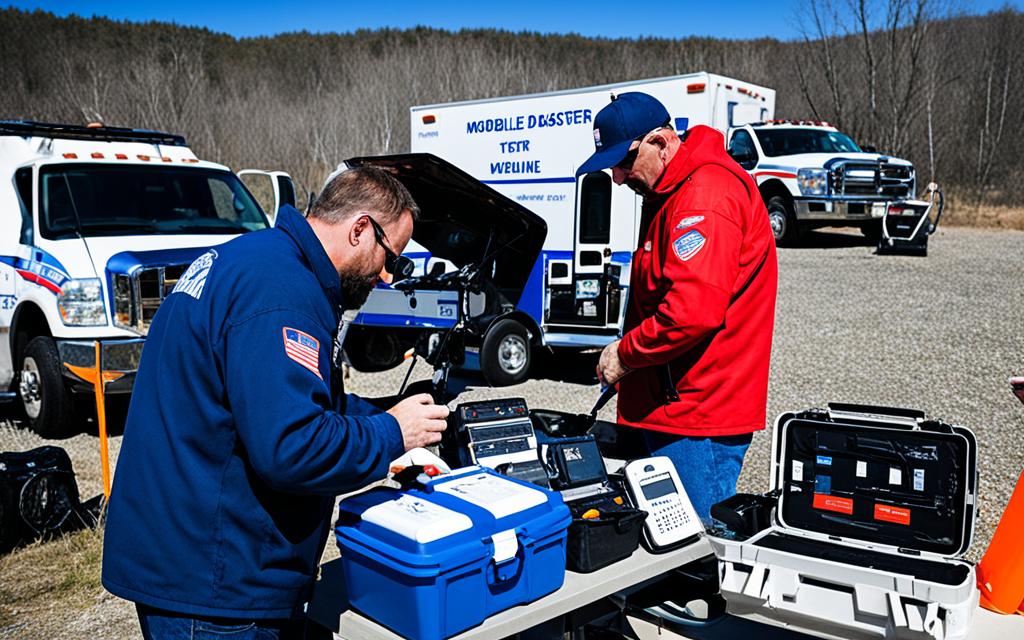
Advantages of Mobile and Rapidly Deployable Solutions:
- Minimize communication downtime during disaster recovery
- Enable immediate and uninterrupted communication in impacted areas
- Extend network coverage beyond existing infrastructure
- Enhance coordination among emergency response teams
- Facilitate real-time data sharing and communication among multiple agencies
- Improve situational awareness and event monitoring capabilities
“Mobile and rapidly deployable solutions have revolutionized disaster recovery by enabling immediate communication and enhancing coordination among response teams.”
Comparison of Mobile and Rapidly Deployable Solutions:
| Product | Company | Key Features |
|---|---|---|
| Floating Mobile Hotspot | AT&T | Provides wireless communications support to emergency services in impacted areas |
| Range Extension (REX) Kit | Hypha | Creates a pop-up wireless mesh network that extends beyond existing network coverage |
| Bridge4PS | Software Company | Secure app for real-time data sharing and communication among multiple agencies |
| FLORIAN | Software Company | Provides situational awareness and real-time event monitoring capabilities |
The Role of Social Capital in Resilient Networks
Social capital, as a mid-range theory, has a significant impact on coordination and cooperation during crisis situations. In the context of disaster response, social capital within networks plays a vital role in enabling coordination, fostering trust, and facilitating effective communication among various stakeholders. By leveraging social capital, communities and organizations can effectively pool and mobilize resources during both pre- and post-crisis phases, enhancing community resilience.
Qualitative features such as liquidity and accessibility are integral in operationalizing social capital and facilitating the leveraging of capital during a crisis. Liquidity refers to the ease with which social capital can be accessed and utilized, while accessibility encompasses the inclusivity and availability of social connections within a network. These features are crucial in ensuring efficient crisis coordination and resource mobilization.
“Social capital within networks enables coordination, trust, and effective communication among various stakeholders.”
Enhancing Social Capital Liquidity
In order to enhance the liquidity of social capital, organizations and policymakers need to focus on building strong relationships and fostering trust within communities. By promoting social integration and encouraging the development of social networks, individuals become more interconnected and better equipped to support each other during times of crisis. Moreover, investing in social infrastructure, such as community centers and public spaces, creates venues for social interaction and strengthens social capital.
Ensuring Accessibility of Social Capital
Accessibility plays a critical role in leveraging social capital during crisis situations. It is essential for communities to cultivate inclusive networks that encompass diverse individuals and organizations. By promoting diversity and inclusivity, communities ensure that a wide range of resources and expertise are available for crisis coordination and response efforts. Additionally, establishing communication channels that connect different stakeholders and facilitate information sharing enhances the accessibility and effectiveness of social capital.
“By understanding the role of social capital and improving its liquidity, policy makers and humanitarian organizations can enhance their ability to leverage capital effectively in future disaster response efforts.”
Overall, social capital within resilient networks is a critical element in disaster response and recovery. By recognizing its importance and actively investing in its development, communities and organizations can leverage social capital to enhance crisis coordination, promote community resilience, and effectively respond to future disasters.
| Benefits of Social Capital in Resilient Networks | Examples |
|---|---|
| Enhanced coordination and cooperation | A community mobilizing resources quickly to support disaster-affected individuals |
| Effective communication among stakeholders | Collaborative efforts between government agencies, NGOs, and local communities in disaster response |
| Faster resource mobilization | Local businesses offering support and resources to aid in recovery efforts |
| Promotion of community resilience | Community-led initiatives to build disaster preparedness and recovery strategies |
Conclusion
In conclusion, the effective coordination and communication in disaster response and recovery efforts heavily rely on leveraging Personal Area Networks (PANs). These PANs, independent of commercial cellular service, provide a crucial communication lifeline, especially in areas with damaged or non-functional mobile networks. Private networks, such as the private GSM network provided by Stratign, play a vital role in offering uninterrupted communication capabilities, facilitating search and rescue operations, and broadcasting critical information to those affected.
Furthermore, the implementation of mobile and rapidly deployable solutions has revolutionized disaster response by providing immediate communication support in disaster-stricken regions. Solutions like the floating mobile hotspot offered by AT&T and the Range Extension (REX) Kit by Hypha are instrumental in reducing communication downtime and enabling real-time information sharing among multiple agencies. These innovative solutions significantly enhance the effectiveness of disaster recovery efforts.
Additionally, recognizing the importance of social capital within networks is crucial for enhancing community resilience and facilitating crisis coordination. Social capital, which encompasses coordination, trust, and effective communication among stakeholders, enables the leveraging of resources both during pre- and post-crisis phases. By fostering social capital and improving its liquidity, communities and organizations can better respond to disasters and ensure the safety and well-being of those affected.
FAQ
How do Personal Area Networks (PANs) play a role in disaster response and recovery?
PANs provide an independent communication system that can be used in areas with damaged or non-functional mobile networks, allowing for effective coordination and communication among survivors and emergency responders.
What is the role of private networks in disaster response?
Private networks, such as the private GSM network provided by Stratign, serve as a communication lifeline in disaster-stricken areas where commercial networks are down or damaged. They enable survivors to connect their cell phones and communicate with rescue teams, receive vital information, and enhance search and rescue operations through targeted communication and signal tracking.
What are mobile and rapidly deployable solutions in disaster recovery?
Mobile and rapidly deployable solutions, such as the floating mobile hotspot launched by AT&T and the Range Extension (REX) Kit offered by Hypha, enable immediate communication support in impacted areas. These solutions shorten communication downtime and provide wireless communications connectivity beyond existing network coverage, ensuring effective communication during disaster recovery efforts.
What is the role of social capital in crisis coordination?
Social capital, within networks, facilitates coordination, trust, and effective communication among various stakeholders during disaster response. It enhances community resilience, leverages resources before and after a crisis, and improves the liquidity and accessibility of capital in crisis situations.

